
Approved Adventure Tour Operator
Monks on Wheels in association with Justwravel brings to you the Valley of Flowers Trek, a spectacular adventure for nature lovers and trekkers alike. With its vast expanse of blooming flowers covering 87.5 square kilometers at an altitude of 14,200 ft, the Valley of Flowers trek is one of the most beautiful Himalayan treks in India. The rich biodiversity and stunning landscapes attract avid nature enthusiasts, while the challenging ascents and descents offer an exciting experience for trekkers. This trek also leads to Hemkund Sahib, a revered pilgrimage site, adding a spiritual dimension to the journey.
Declared a UNESCO World Heritage site in 2002, the Valley of Flowers is home to over 520 species of flowers, creating a vibrant tapestry of pink, blue, and purple hues. Located in the Chamoli district of Uttarakhand, this national park is not only a floral paradise but also a sanctuary for endangered animals like snow leopards and red foxes. Situated at an altitude of approximately 12,000 ft, the Valley of Flowers National Park and the Nanda Devi National Park together form a transition zone between the Himalayas and the Zanskar range.
The Valley of Flowers trek is graded as easy to moderate, making it perfect for beginners and families. The most challenging part of the trek is the climb to Hemkund Sahib Gurudwara, the highest Gurudwara in the world and an important pilgrimage site. The valley itself stretches for nearly 10 kilometers, adorned with a rainbow of flowers that compel you to stop and admire them. The scent of flora lingers in the air as you traverse the narrow paths through the flower beds.
The trek begins with an 8-hour drive from Rishikesh to Joshimath, the base camp for the Valley of Flowers trek. The scenic drive offers glimpses of four of the Panch Prayag, the five holy confluences of the river Ganga: Devprayag, Rudraprayag, Karnaprayag, and Nand Prayag. From Joshimath, we drive to Pulna village, the starting point of the trek, and then trek 9 kilometers to Ghangaria, with the Pushpawati river flowing alongside. The trail is lined with small dhabas, providing plenty of resources for water and snacks. As you walk, the Hathi Parvat ranges come into view, and the steep climb requires careful footing until you reach Ghangaria village, located at 10,000 ft.
The next day, you will explore the Valley of Flowers. A 4-kilometer walk from Ghangaria takes you to Laxman waterfall, a refreshing sight. After passing a forest check post and crossing a wooden bridge over the Pushpawati river, you enter a natural paradise where blooming flowers in rainbow colors adorn the Himalayan peaks. The valley stretches for 5 kilometers, ending at a glacier, with views of the majestic Nilgiri Parvat, Bhyundar Khal, Rattan, and Gauri Parvat. Eating and camping are not allowed in the valley, so you return to Ghangaria for the night.
The hardest part of the trek is the climb to Gurudwara Hemkund Sahib at 14,107 ft, the highest Gurudwara in the world. The 6-hour trek from Ghangaria is strenuous, with steep ascents and lower oxygen levels. The breathtaking views of the valley and a cascading waterfall make the climb worthwhile. At the top, the pristine Hemkund lake mirrors the surrounding mountains, and the Langar offers hot chai and khichdi, a much-needed refreshment. The lake, formed by the melting glaciers of Hathi Parvat and Saptarishi peaks, is surrounded by rare flowers like Brahma Kamal. A temple dedicated to Laxman, Lord Rama’s brother, is also nearby. The descent to Pulna village the next day is easier, with plenty of dhabas along the way, leading back to Joshimath and concluding the Valley of Flowers trek.
The Valley of Flowers trek is safe and well-frequented by pilgrims, with well-laid trails. However, caution is advised on slippery sections, especially during the rainy season. The best time to visit is in July and August, when the flowers are in full bloom. Prominent species include Brahmakamal, Blue Poppy, Cobra Lily, Anemone, Geranium, Marsh Marigold, and Primula. Beyond flowers, the valley offers waterfalls, glaciers, towering mountains, gushing rivers, quaint villages, and an abundance of peace.
Yet to be revealed
Day 1 : Rishikesh to Joshimath/Pipalkoti (253 Kms, 8 Hrs Drive)
Note: The pickup point is Natraj Chowk / Tapovan Chowk (tentative).
Day 2 : Joshimath/Pipalkoti to Pulna (22 Kms, 1 hour Drive) | Trek to Ghangaria (9 Kms, 5 Hrs trek)
Day 3 : Ghangaria to Valley of flowers | Back to Ghangaria (10 Kms, 7 Hrs trek)
Day 4 : Ghangaria to Hemkund Sahib (14 Kms, 9 Hrs) | Back to Ghangaria
Day 5 : Ghangaria to Pulna (9 Kms, 5 Hrs) | Drive to Joshimath/Pipalkoti (22 Kms, 1 hour Drive)
Day 6 : Joshimath/Pipalkoti to Rishikesh (253 Kms, 8 Hrs drive)
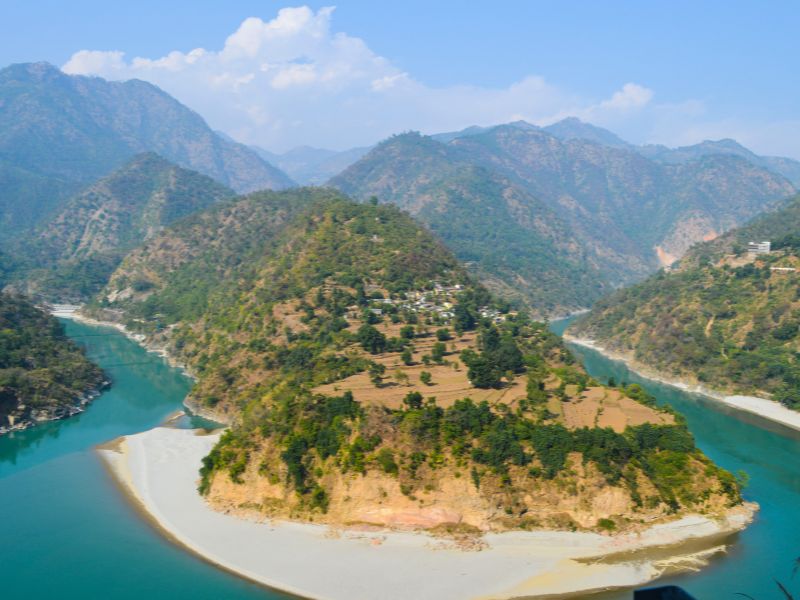
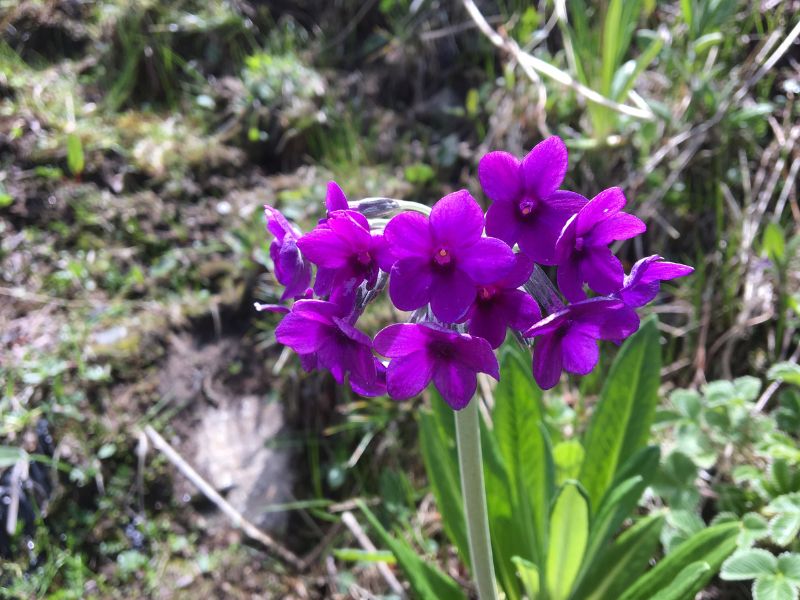
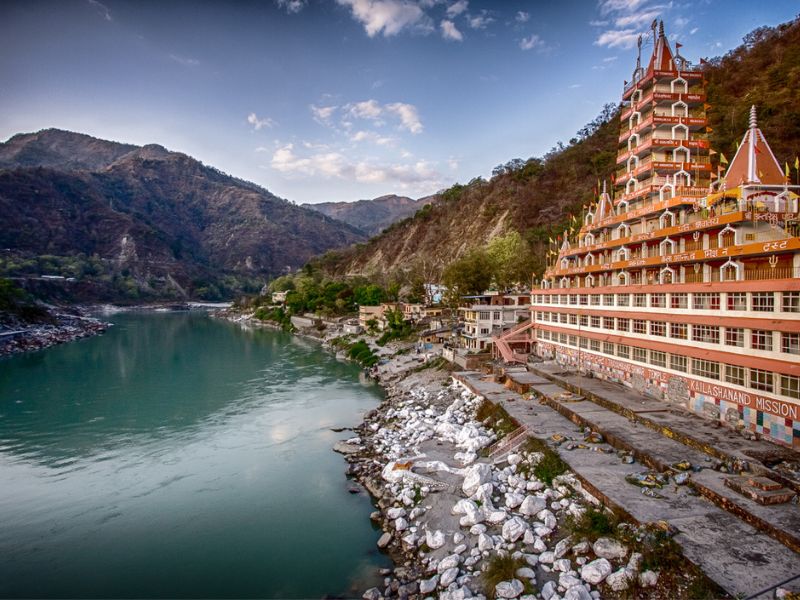
Price per person: Rs. 14700/- (inclusive of taxes)
Nestled in the Garhwal Himalayas of Uttarakhand, the Valley of Flowers is a botanical wonderland that captivates visitors with its vibrant blooms, lush meadows, and snow-capped peaks. This UNESCO World Heritage Site is a paradise for nature lovers, trekkers, and botanists alike, offering a unique opportunity to witness a kaleidoscope of colors in full bloom against a backdrop of majestic mountains. The Valley of Flowers trek typically starts from the base camp at Pulna, where trekkers embark on a scenic journey through dense forests, gushing rivers, and charming villages. The trail gradually ascends, revealing a gradual transition from temperate forests to alpine meadows adorned with a myriad of wildflowers. The Valley of Flowers is home to a diverse range of flora and fauna, with over 500 species of wildflowers blooming here, including the rare Brahma Kamal, Blue Poppy, and Cobra Lily. The valley also supports a variety of wildlife, such as the Himalayan black bear, snow leopard, and musk deer, adding to its ecological significance. The Valley of Flowers is a botanical paradise that offers a unique blend of natural beauty, biodiversity, and adventure. Whether you’re a nature enthusiast, a trekking aficionado, or a photography buff, this enchanting valley promises an experience like no other. So, lace up your hiking boots, breathe in the fresh mountain air, and immerse yourself in the breathtaking beauty of the Valley of Flowers – a true gem of the Himalayas.
How to Reach Valley of Flowers
The Valley of Flowers Trek in India offers a breathtaking journey through some of the most stunning landscapes the country has to offer. Depending on your preferences and budget, there are various transportation options available to reach this picturesque destination.
By flight: For those looking to travel by air, the closest airport to the trek is Jolly Grant commercial airport in Dehradun. From there, you can easily hire a cab to reach Rishikesh and meet up with your trekking team.
By Train: If you prefer to travel by train, the nearest railway station is Haridwar, located approximately 290 kilometers from the valley.
By Bus: For those who enjoy traveling by road, there is the option to take an AC bus from Delhi to Rishikesh or use your own private vehicle for the journey.
Best time to visit Valley of Flowers
The Valley of Flowers is open to visitors from June 1st to October, with the peak time to experience its full beauty being between July and September when the entire valley is adorned with a stunning variety of blooming flowers. The monsoon season is the perfect time to visit, as the valley offers breathtaking views that will enchant you with its natural beauty. As winter approaches, the vibrant colors fade away, giving way to a snowy landscape and making the region difficult to access. Visitors eagerly await the next monsoon season to once again explore the wild and untamed beauty of this area.
Things to See and Do in Valley of Flowers
Partial payment is an advance paid to block your slot for a particular event. Remaining amount of the event to be paid online/cash on the day of the trip.
Monks on Wheels will be arranging an Non – AC tempo traveller or a mini bus depending on the group size.
The transport will be arranged from Bengaluru.
Our trips would get confirmed 2-3 days before the event date and you’ll be added to the trip’s WhatsApp group where you’ll receive further necessary information.
Once your registration is confirmed, Monks on Wheels shall provide the exact location of our venue 2-3 days before the event.
Monks on Wheels do not restrict on the age as each individual has their own capabilities. But we would strongly recommend you to contact us so that our travel expert can give you a better idea of the trip.
These are group events open to all categories of people.
Yes, It is completely safe for women travelers. Monks on Wheels events are done keeping certain standards and safety measures. We will always send a minimum of two trip organizers for all our events. For better understanding on how we manage trips, read these reviews by our solo women travelers.
Review link: https://www.facebook.com/pg/Monksonwheels/reviews/
Monks on Wheels usually have more women travelers joining our trips. However, sometimes the ratio will be almost equal.
Yes, Monks on Wheels has women trek leads.
Monks on Wheels keeps certain quality standards where we provide venues like home stays or campsites that are good and hygienic with neat and clean washrooms. And yes, we always provide separate accommodation for men and women.
Price
Inclusive of all taxes
If you need more details about the event or have some questions for us, please go ahead and submit your details below. We'll be happy to assist you.
Price
Inclusive of all taxes
If you need more details about the event or have some questions for us, please go ahead and submit your details below. We'll be happy to assist you.
Get exclusive updates on the upcoming treks, camping, rides, adventure trips and more. Subscribe now to receive all the updates to your inbox.

Authorized IRCTC Affiliate
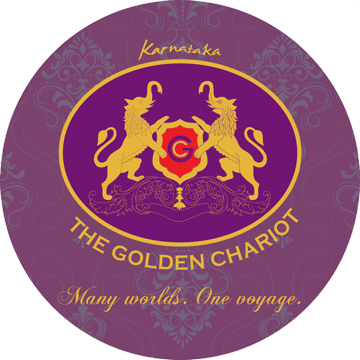
Authorized IRCTC Affiliate
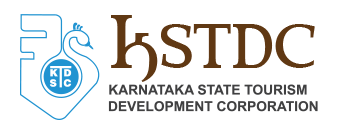
Registered Booking Partner

Registered Booking Partner

Approved Tour Operator
Monks on Wheels © 2025 (A unit of Vida Events and Services Pvt. Ltd.) | Privacy Policy | Designed by WellConvert
More Available Event Dates
No other dates available currently
Yet to be revealed